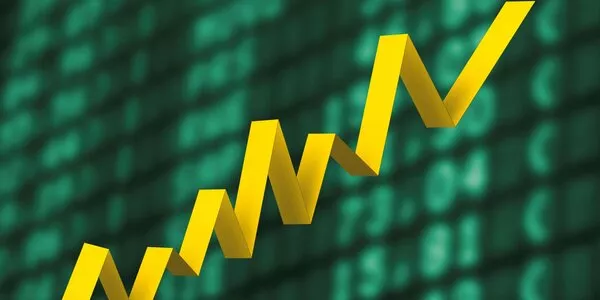
Weekly Update - Three Steps Forward,One Step Back
The OECD sees a sharper recession than the International Monetary Fund (IMF) predicted back in April. It expects the global economy to shrink -6.0% this year followed by a 5.2% rise in 2021 – this means a more severe economic crisis and a slower recovery than the IMF’s forecasts of -3.9% and +5.8% in 2020 and 2021 respectively. On the OECD’s reckoning, the US economy will shrink -7.3% in 2020 and recover 4.1% next year whereas the IMF estimated -5.9% and 4.7% for the two years.
In fact, the US economy was already in recession before the coronavirus hit the United States. On Monday this week, the National Bureau of Economic Research (NBER) declared that the recession began in February this year, marking the end of 128 consecutive months of expansion, the longest stretch on record. This came before lockdowns began to impinge on economic activity. Indeed, the US counted only 24 confirmed cases and one death at end-February.
On Wednesday, the Fed held its regular monetary policy meeting and updated its forecasts and projections. Regarding GDP, the Fed expects a -6.5% contraction this year followed by a 5.0% pick-up in 2021 with unemployment ending this year at 9.3% and 6.5% at end-2021. Moreover, policy-makers’ individual projections for key rates (known as the “dots”) suggest no increase in rates for the next three years. This point was underlined by Fed chair Jerome Powell in his comments – he stressed that “we’re not even thinking about thinking about raising rates”. He also underlined that the Fed’s asset purchases will continue at around current levels (c.$120bn per month) for the foreseeable future – he made clear that the Fed was focused more on the impact of monetary easing on “normal people” than on asset prices.
While the Fed’s outlook is decidedly downbeat for the economy, the central bank’s view is not far-removed from the OECD and IMF forecasts. Moreover, these projections amply justify the confirmation that policy settings will remain very loose for years to come, in particular as regards asset purchases, which have been instrumental in easing financial conditions and fuelling the rally in stocks in recent weeks. So why did markets correct so sharply?
Part of the explanation may be linked to the CoViD-19 pandemic itself. Unlike many European countries, the US has not seen a meaningful decline in new confirmed cases, which have remained stuck between 20,000 and 25,000 per day since early May.
Despite the marked improvement in New York in recent weeks, a number of states across the south and west of the country have seen a worrying acceleration in cases as they have eased lockdown restrictions (see left-hand graph). With the White House urging states to get back to work, it is unlikely that the renewed spread in the virus will lead back to lockdown. But it does mean that economic activity and household spending patterns are unlikely to return to pre-crisis norms any time soon.
Bottom line. The US equity market has just registered its best 50-day performance on record (see right-hand graph). The correction this week is unlikely to be due to the Fed stance or indeed the lingering coronavirus worries – both are little changed from previous weeks. It may simply be that the rally could only be justified by a V-shaped recovery, which for now looks a rather distant prospect.





